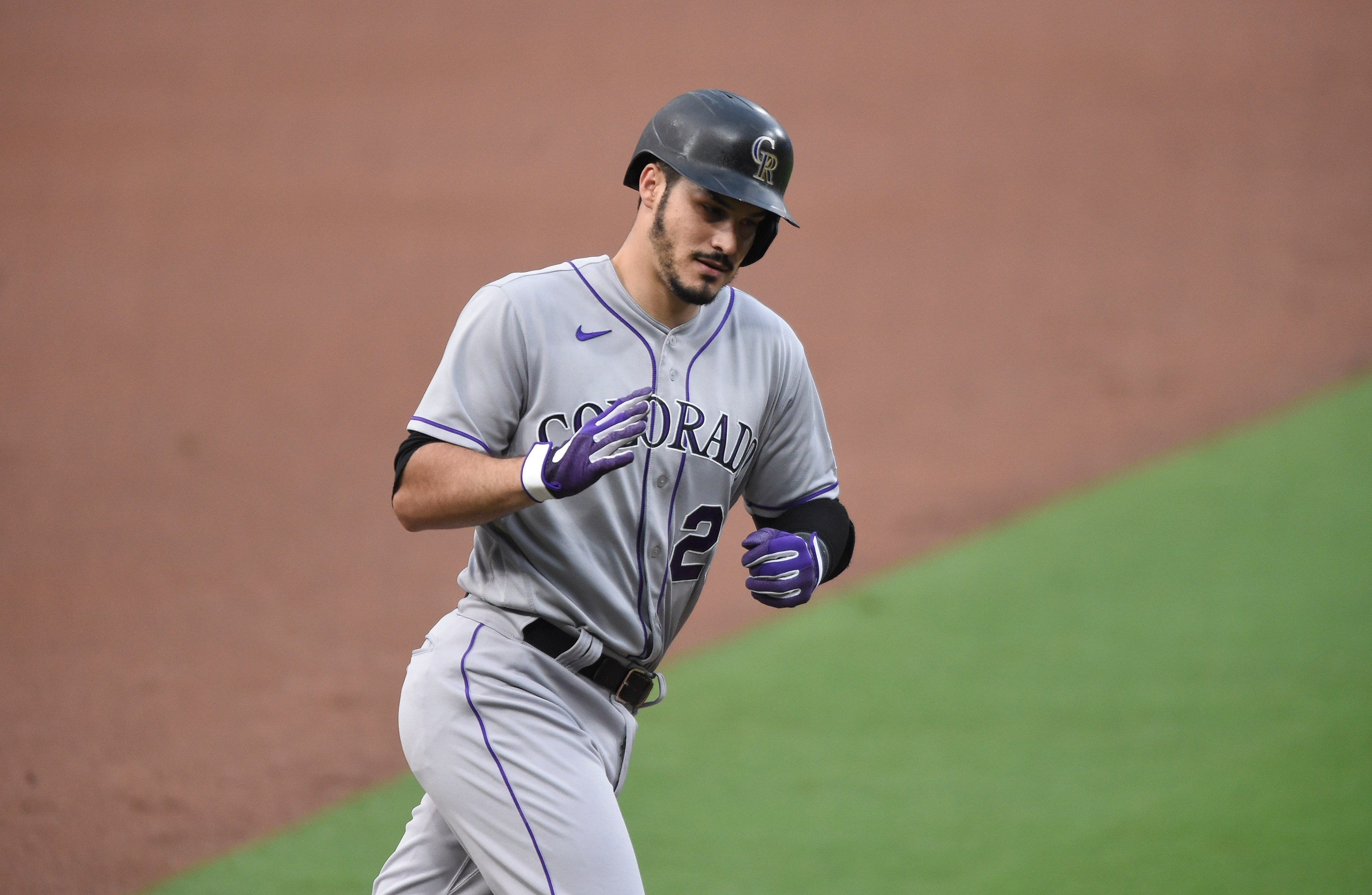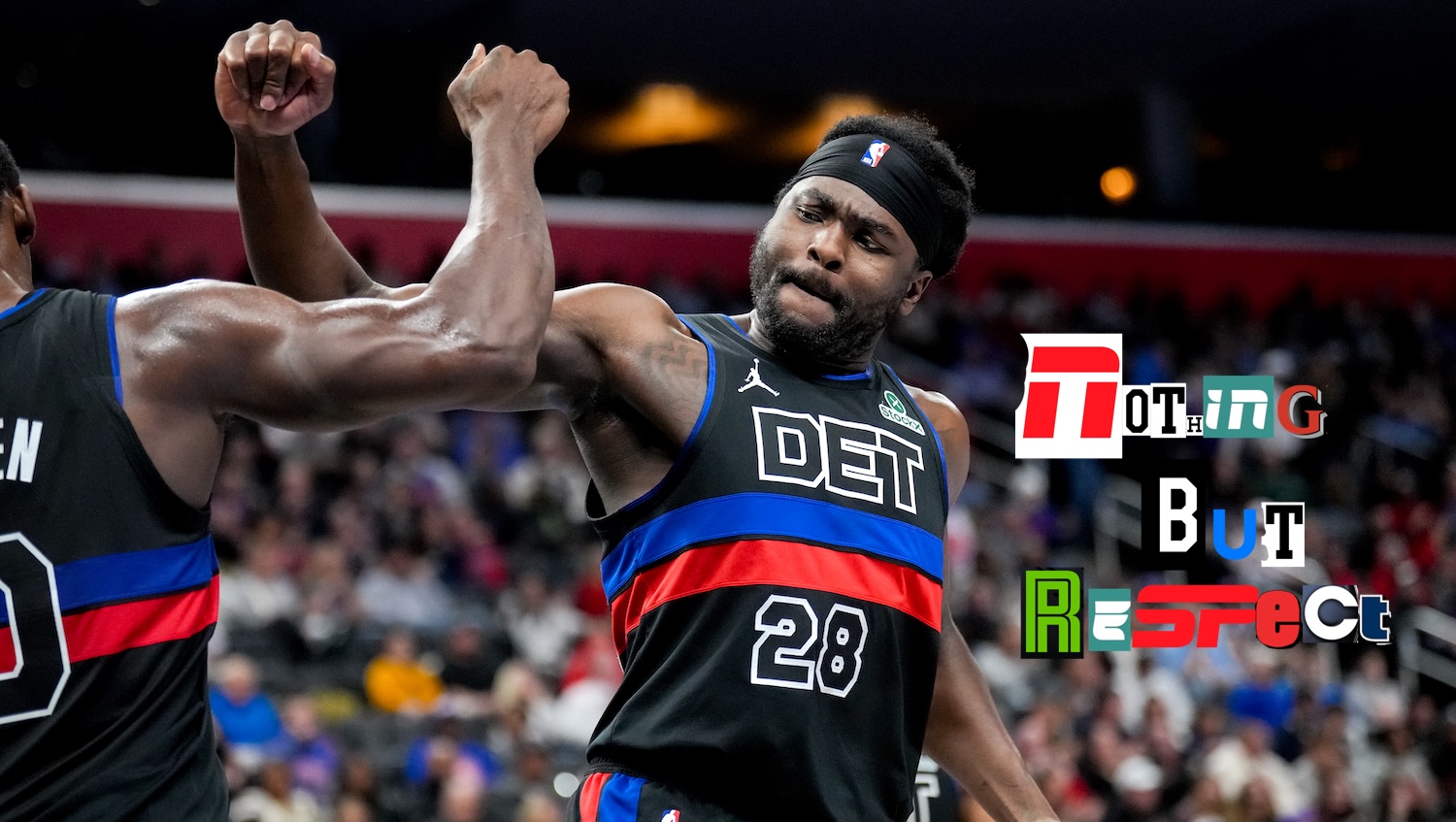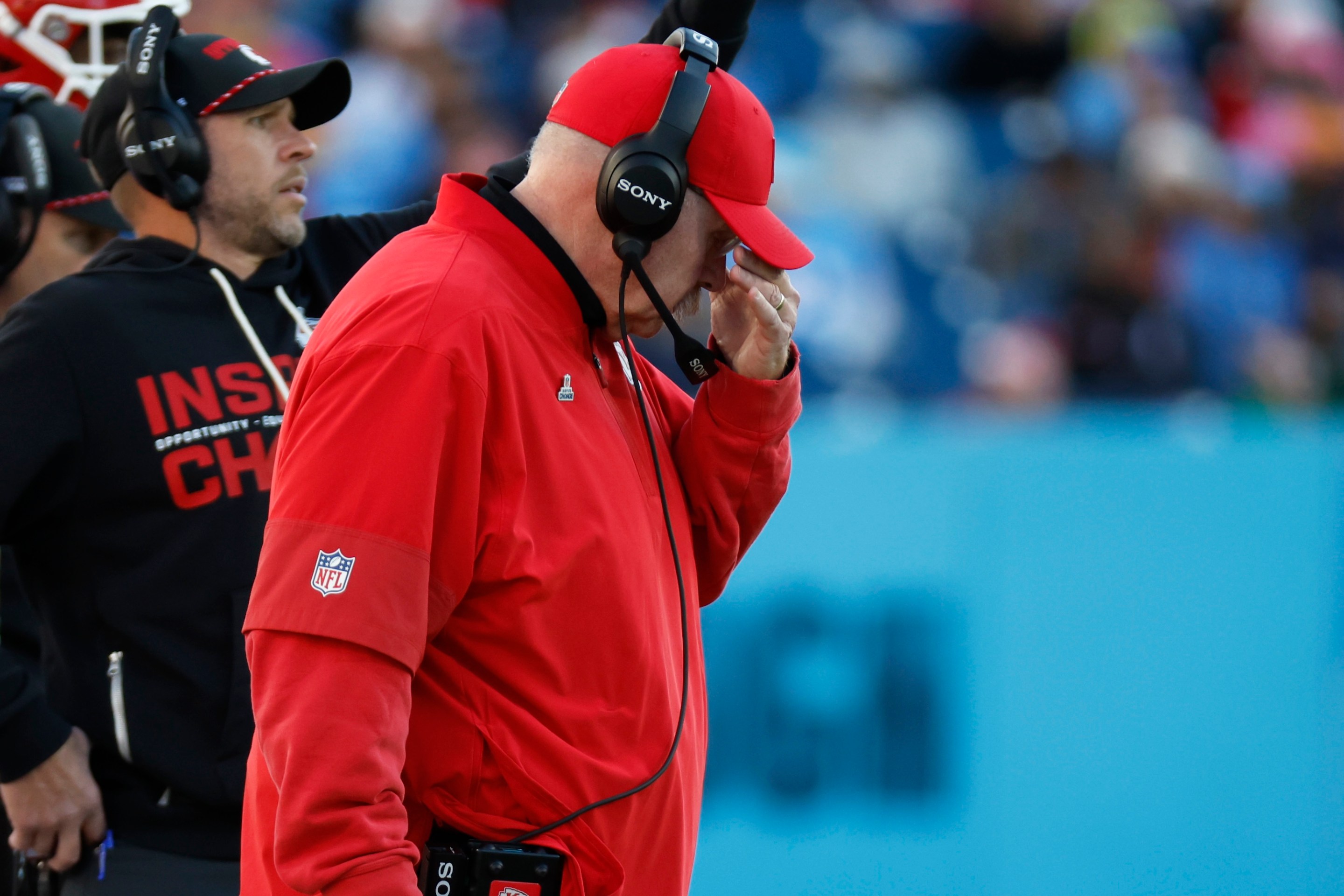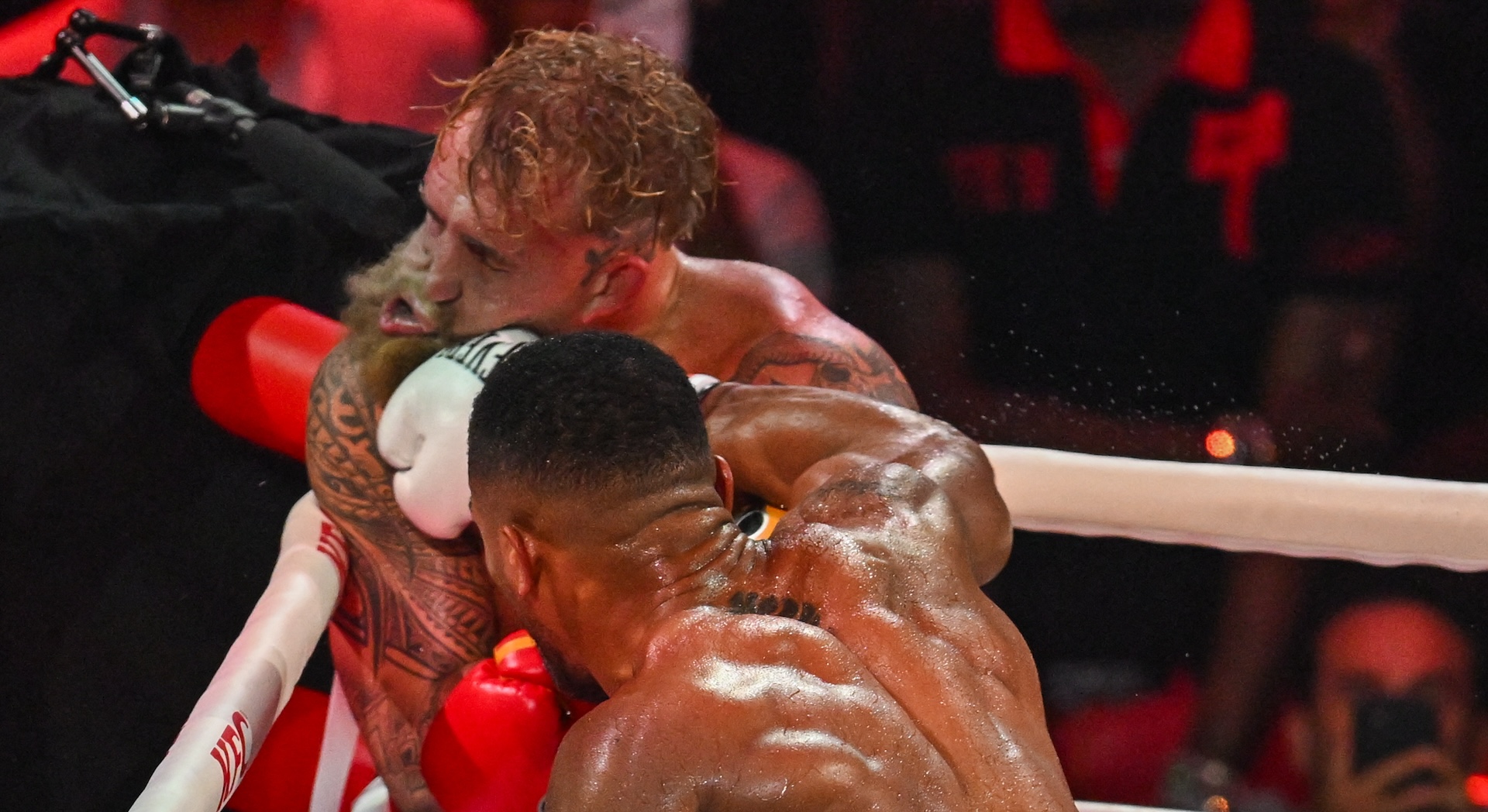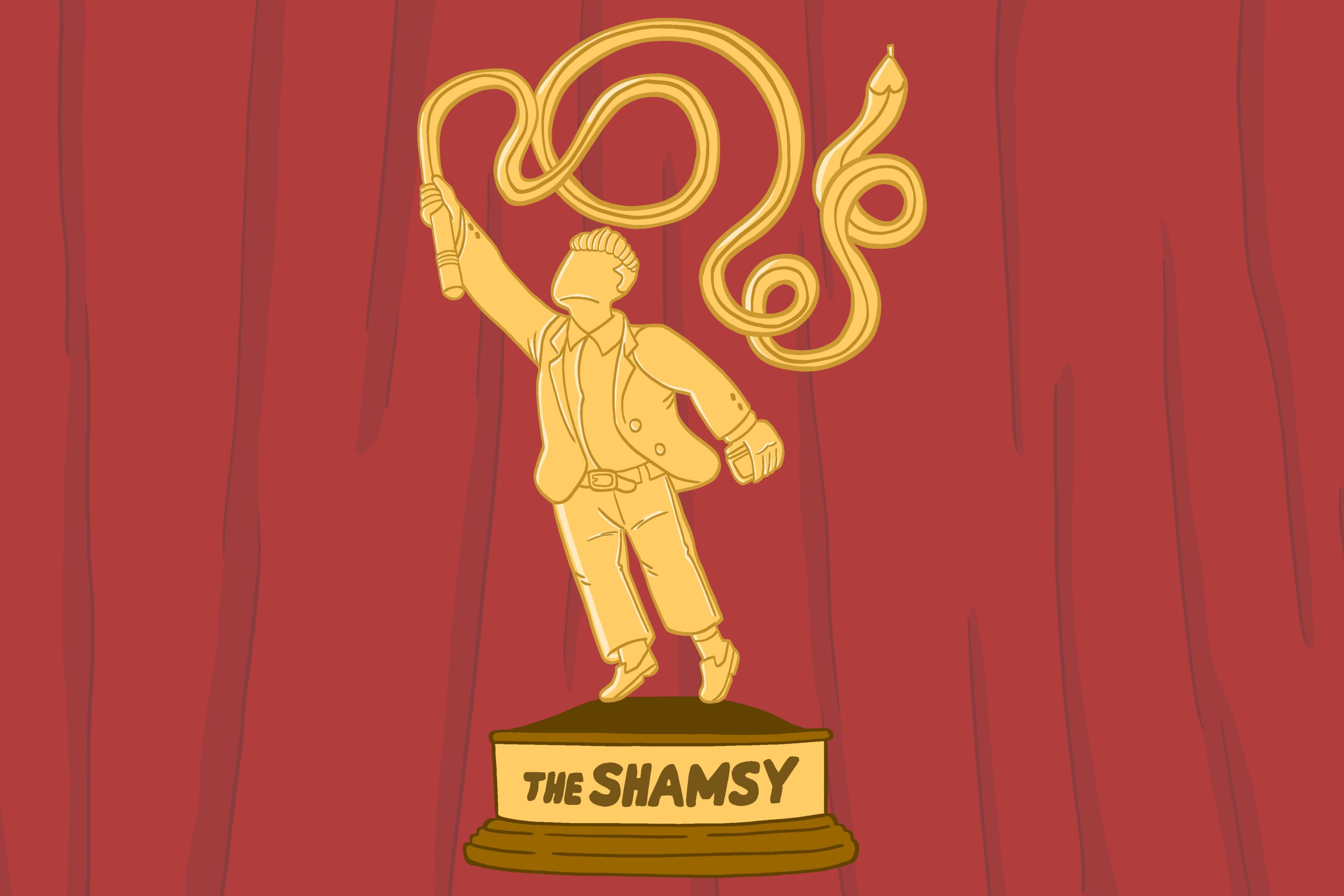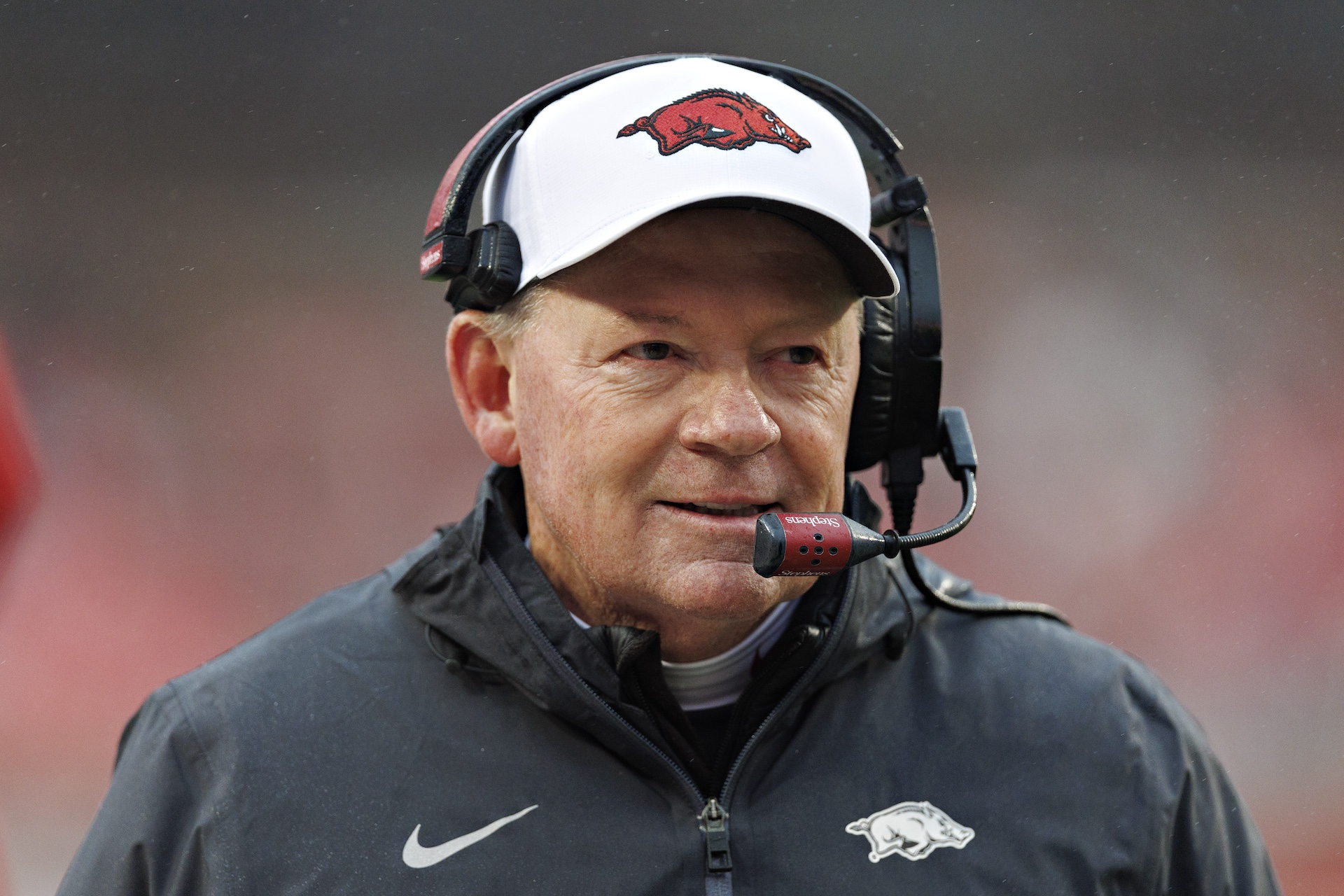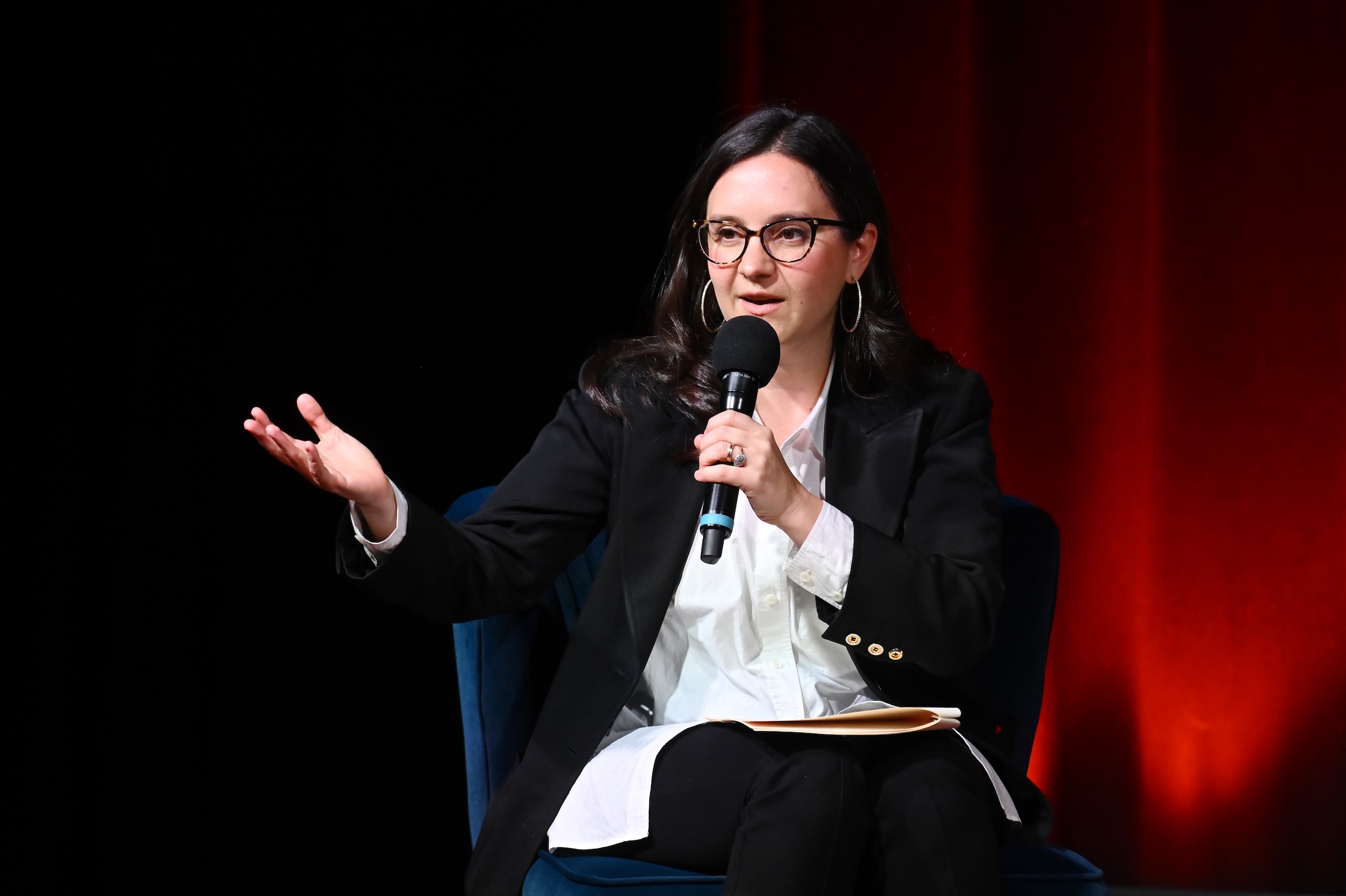On Friday, the Colorado Rockies traded the best player on their team, all-world third baseman Nolan Arenado, to the St. Louis Cardinals in exchange for some middling prospects. You probably don't even need to hear that Arenado was under contract through 2026, or that Colorado also threw $50 million into the deal, to come to the conclusion that the Rockies have done something very stupid, here. It is stupid to get rid of your best player.
Because of the way baseball is now, that being a sport in which cutting payroll and cheaply squeezing wins out of the thinnest possible margins is viewed as not just virtuous but the smartest possible approach, there is another way to interpret the Rockies' decision to give up Arenado. You fool, don't you see? The Rockies are simply following the "Rays model."
Rockies trading away Arenado is big step towards following the Rays model. Rays traded away Longoria, then Archer in past three years and wound up in World Series last season. Then Snell dealt. Not saying this will happen for Rox. Just saying Rays have influence here. #9sports
— Mike Klis (@MikeKlis) January 30, 2021
There's a justifiable urge to ignore the musings of a local sports hack like Mike Klis, but there's every reason to believe that his thinking lines up neatly with that of the Rockies' braintrust. Over the last half-decade or so, the Rockies have tried and spectacularly failed to improve the team through a string of semi-expensive free-agent signings. They blew $70 million on Ian Desmond, $24 million on Daniel Murphy, and a combined $135 million on relievers Wade Davis, Jason Motte, Mike Dunn, Jake McGee, and Bryan Shaw. The Arenado trade, combined with the team's decision to let David Dahl go this offseason, sends a pretty clear signal: The Rockies are done spending money. It's the "Rays model" from here on out.
But what exactly is the "Rays model"? A booster's definition would point out all the overlooked, cheap free agents that the Rays have signed and gotten great production from, as well as the homegrown talent that's been produced by the farm system. A detractor would point out how the Rays have never, ever missed an opportunity to depress payroll.
There's a mistake, however, in seeing those approaches—finding and cultivating overlooked talent; jettisoning star players for prospects as soon as they become too expensive—as two inextricably linked components of a team-building philosophy. This is what makes the "Rays model," the term itself, so poisonous. It implies that the possibility of finding a player like Randy Arozarena, or getting a good season out of Aaron Loup, can only be unlocked by trading away Evan Longoria or Blake Snell. The Rays' scouting and analytics department are not imbued with an increased ability to find and develop cheap talent every time the front office cuts ties with one of their star players. The Rays, if they were so inclined, could spend money to keep their elite players and still uncover various hidden gems. A lot of good teams do that, actually, but you never hear people talking about the "Dodgers model."
The Rays should not be ashamed of their success, but the fact that their philosophy for building rosters and winning games has been held up as a particularly savvy one is bad news for baseball. It leads to outcomes in which the Rockies are not only emboldened to trade away their best player, but are granted the ability to hold up the move as an example of bloodless, state-of-the-art team-building savvy. The Rockies are either stupid enough to think that trading away Arenado actually makes them as smart as the Rays—they'll worry about finding cheap, good players and going to the World Series later, I guess—or cynical enough to believe that the Rays' success will allow them to get away with one of the most brazen and shameless salary dumps in baseball history. Rockies fans lose either way.
